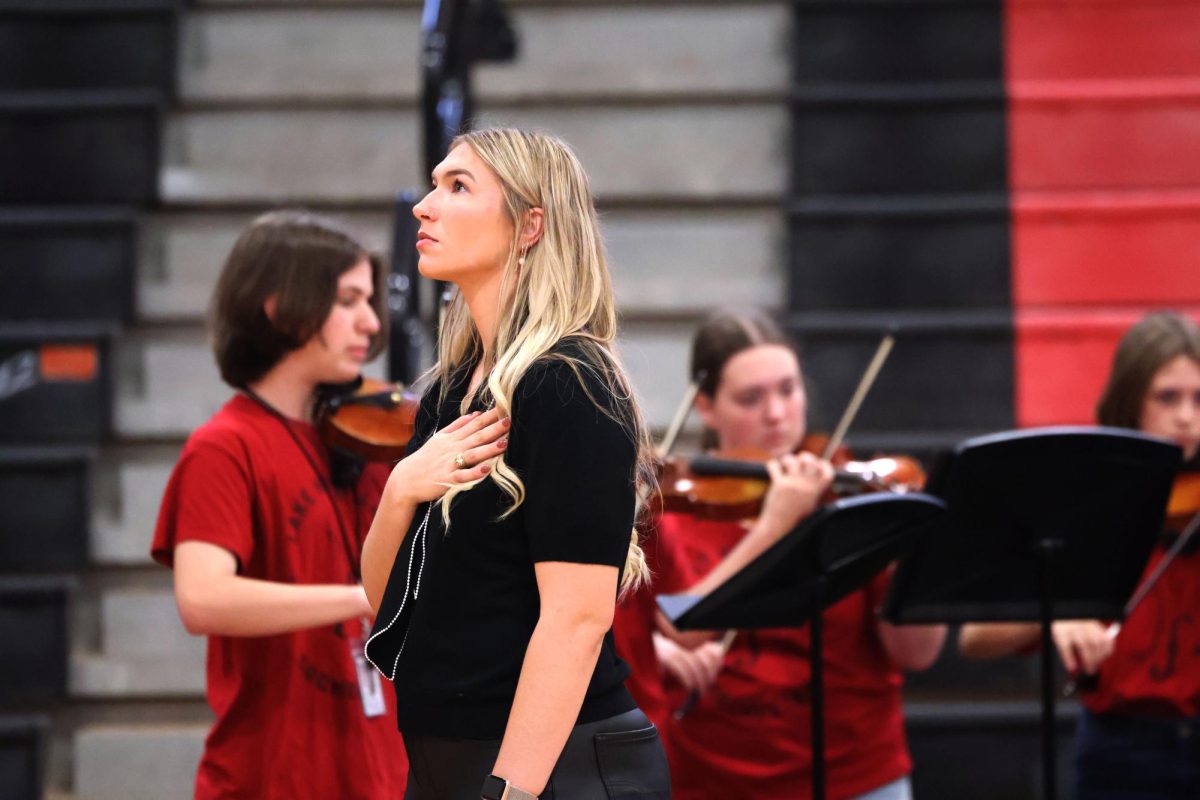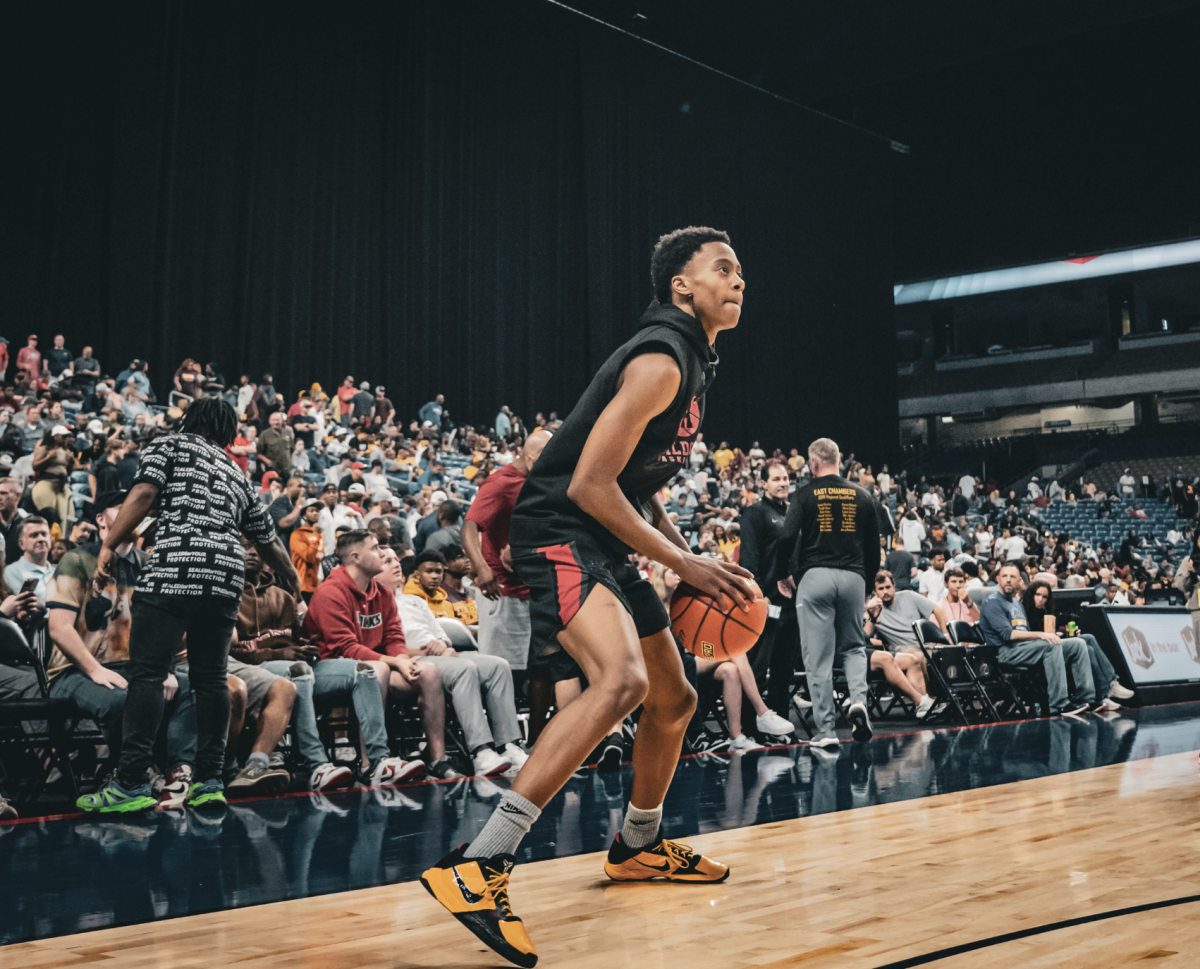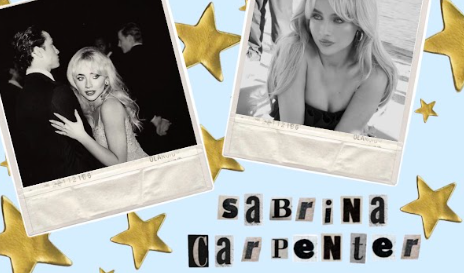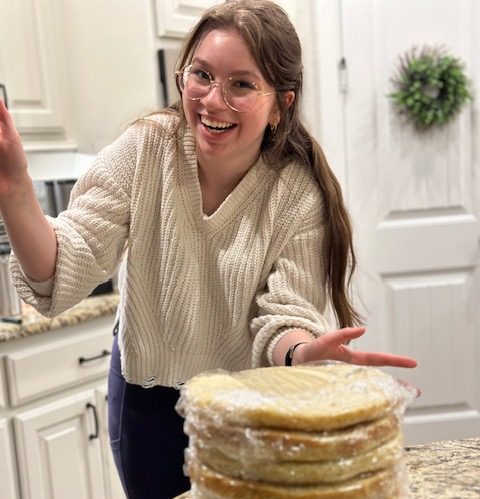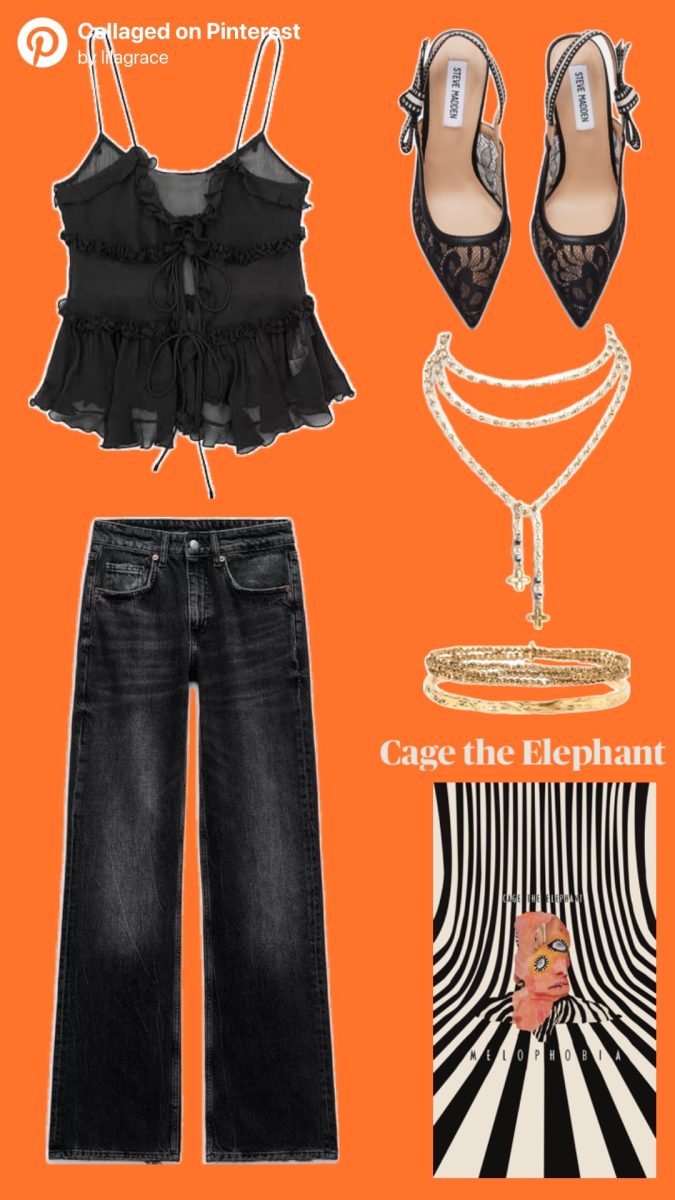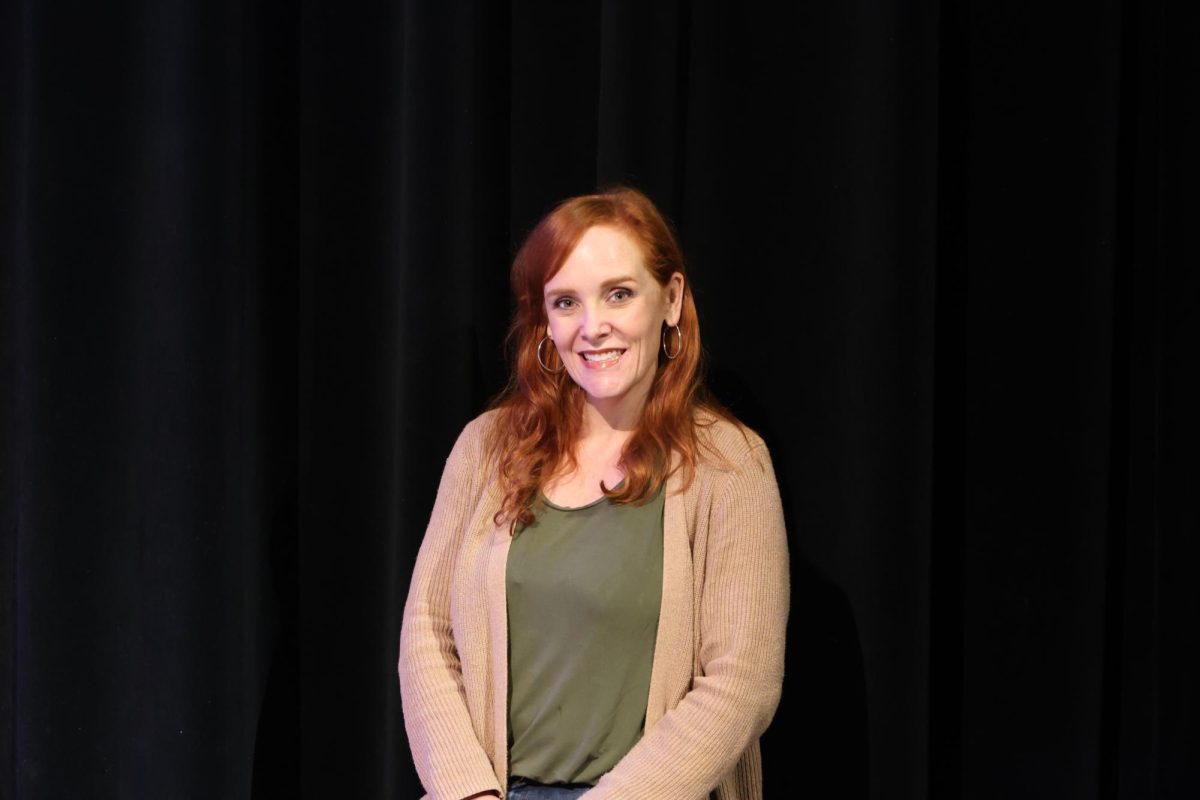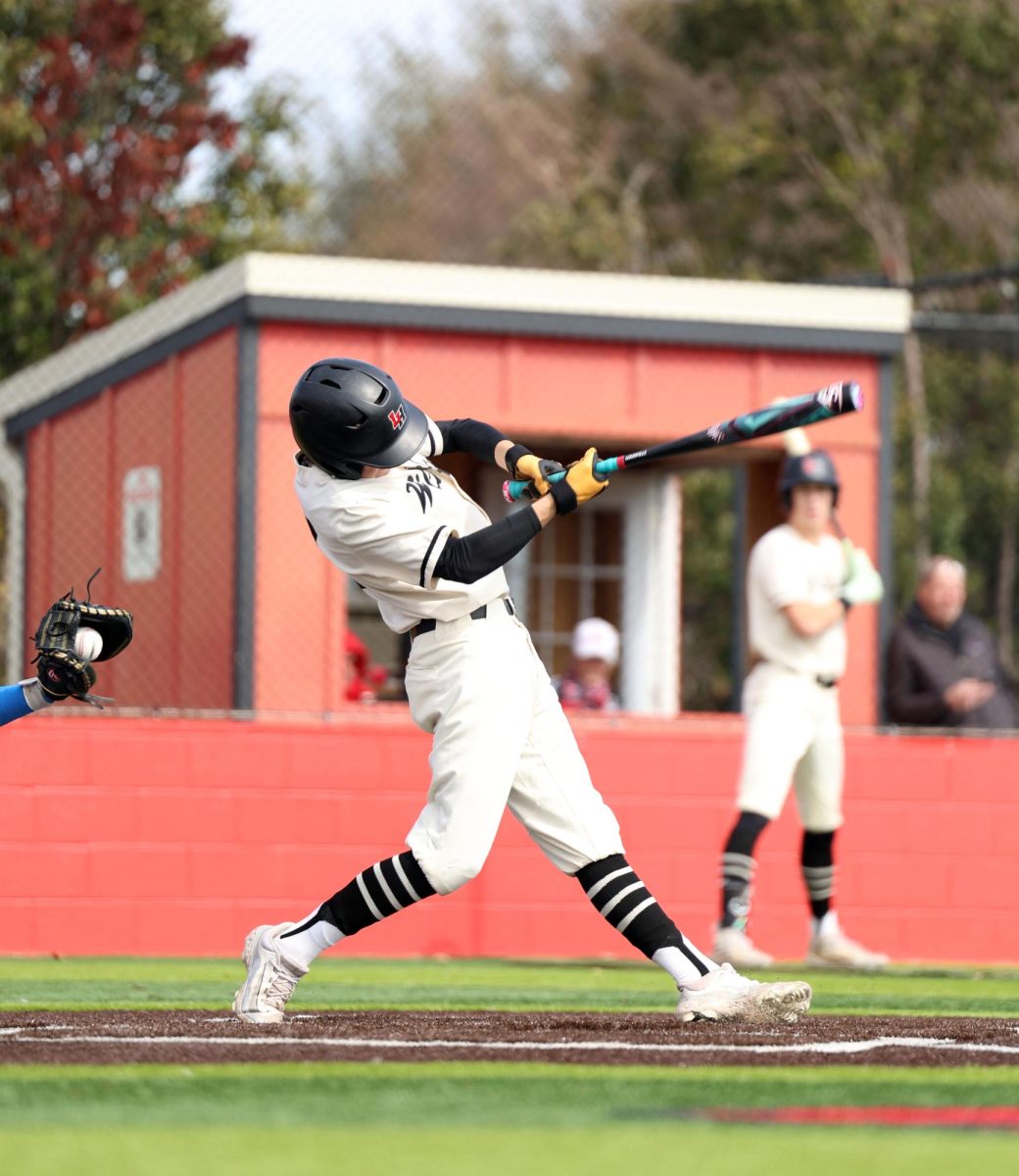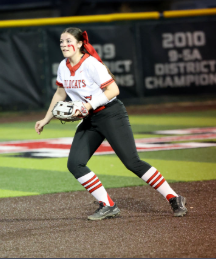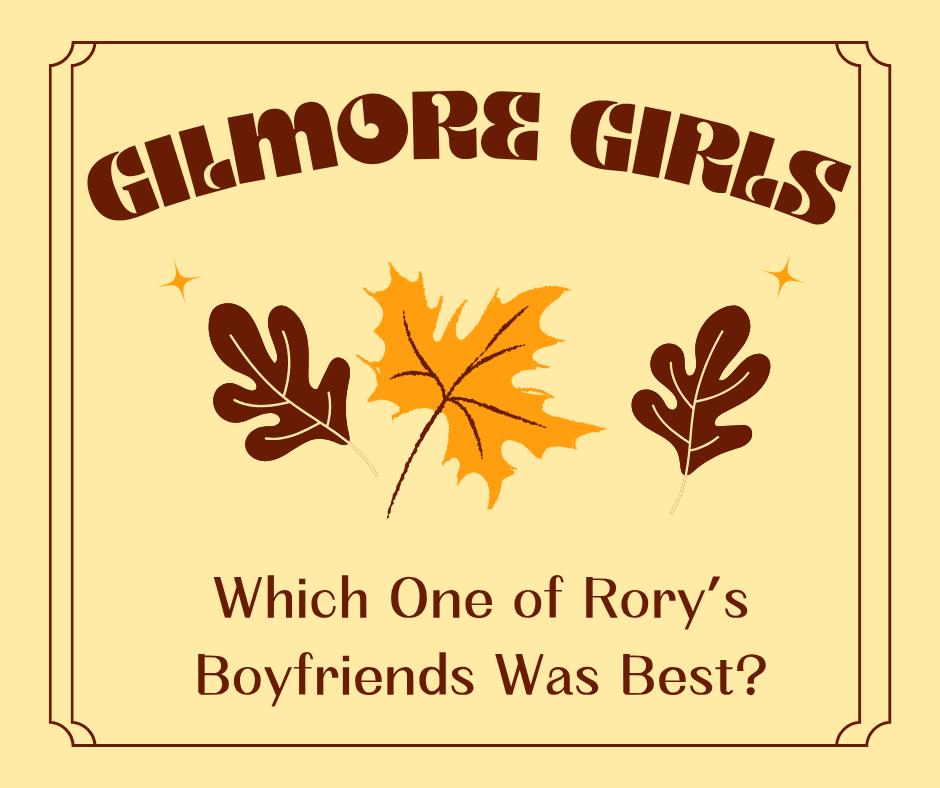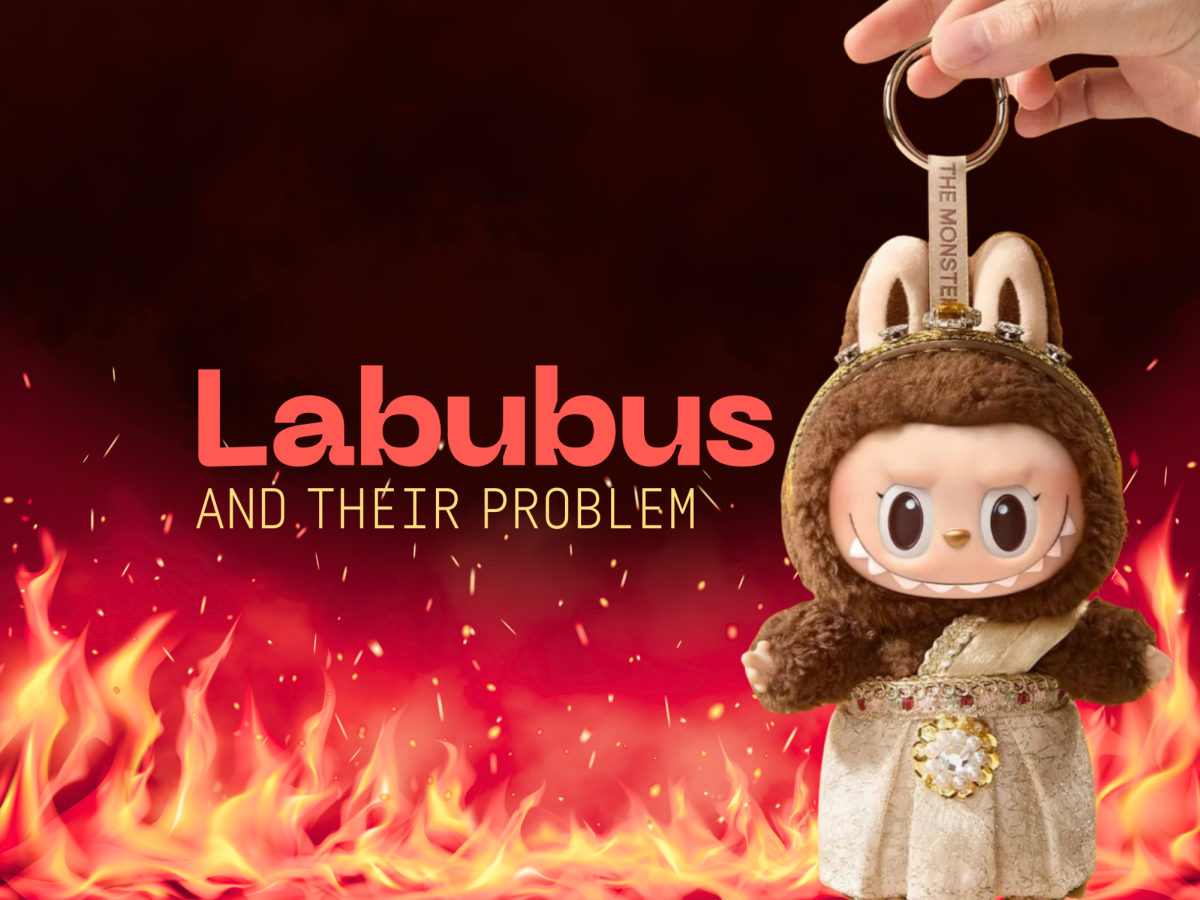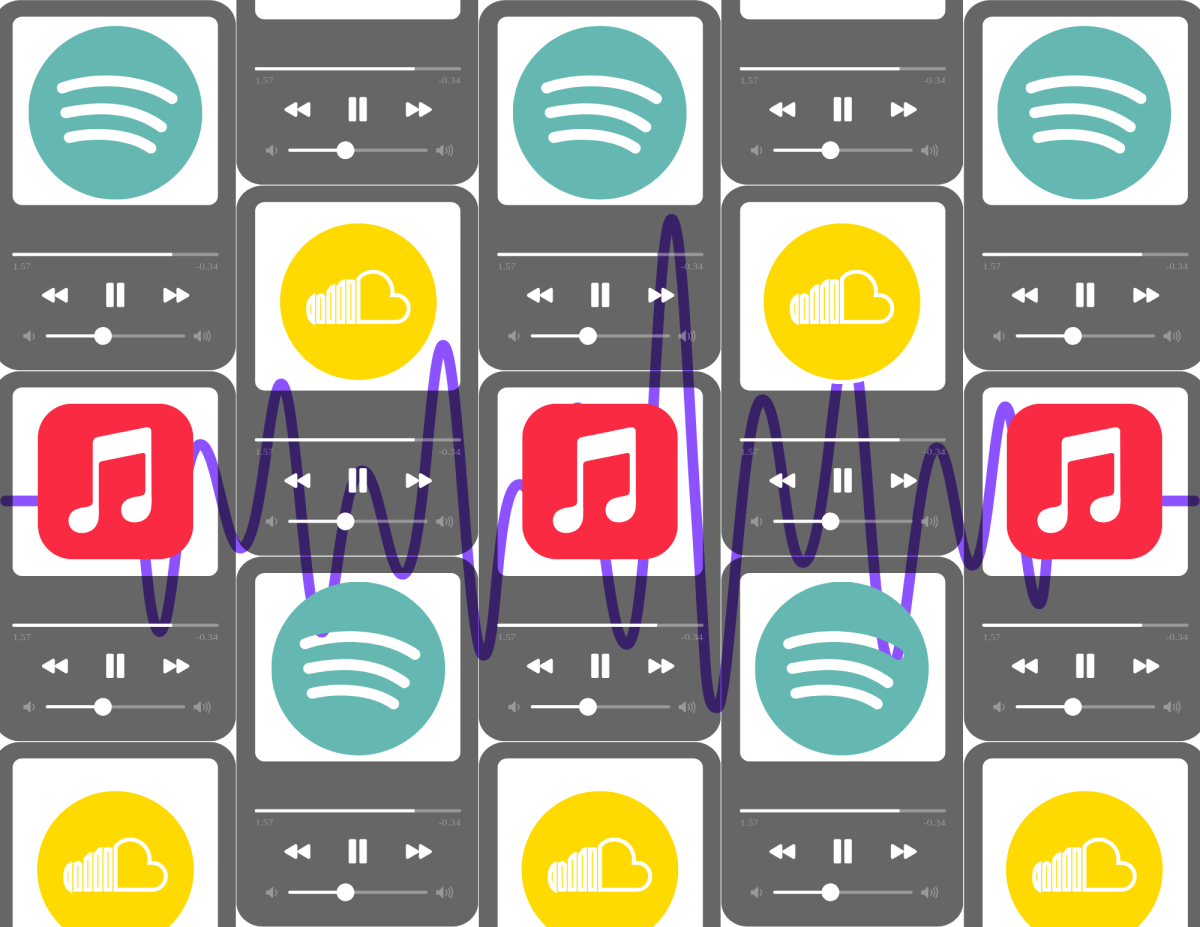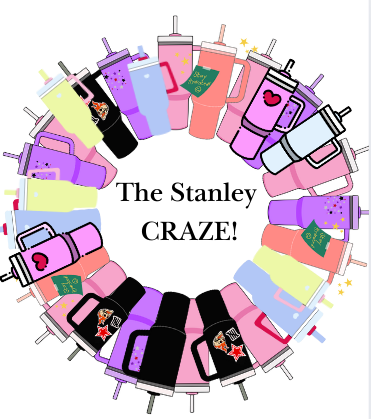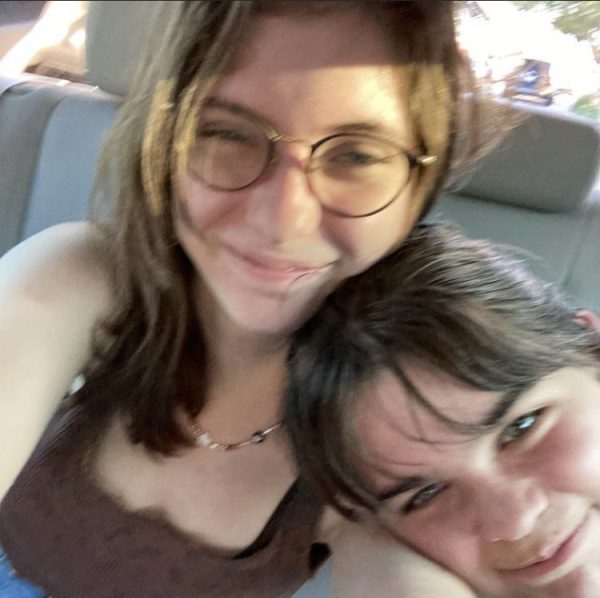A Beginners Guide to Romance Book Tropes: Which One’s Are Worth It?
Romance books have been flying off the sales rack over the last few years. The number of titles sold has nearly reached 19 million units, according to WGBH. Nearly every bookstore has a surplus of these idealized novels catered to hopeless romantics.
So, what makes romance books so successful? The happy, bright covers entice eager bookworms, and the fast-paced speed appeals to anyone interested in a heart-tugging novel. Most importantly are the surplus of book tropes that have allowed these novels to dominate bookshelves
This article is perfect for those in dire need of hearing from a die-hard reader with exquisite taste. Down below are a few of the multitude of tropes in the romance universe. So, alas, look no further as I share my book tropes hot takes… Some are more controversial than others.
Opposites Attract: Sitting pretty on the top level is the fan-favorite “Opposites Attract” trope. Books like It Happened One Summer (Tessa Bailey) or The Deal (Elle Kennedy) show two completely different people falling in love. While the two characters may seem like they would butt heads in any given situation, somehow, this trope makes it work. There is something so refreshing about seeing different people finding each other despite their differences. For the fascinating character dynamics alone, there is no question where it belongs.
Friends To Lovers: The “Friends to Lovers” trope is a heartwarming trope sure to win readers over. Slow-burn romances are always invigorating, making this trope the perfect one to read. Having characters with an already established friendship causes the book consumer to feel more connected to what is at stake. Throughout the story, readers can live vicariously through the main characters. Books like Highly Suspicious and Unfairly Cute (Talia Hibbert) and People We Meet on Vacation (Emily Henry) show how gratifying it is to be with someone who knows you inside and out.
Enemies To Lovers: When done right, the “Enemies to Lovers” trope is captivating and can spark a reader’s interest. However, something must be said about how it’s often played out. Some books that use this trope (most of them being in the fantasy genre) seem to excuse any horrendous actions an antagonist displays. It is disheartening to read about a beloved main character being treated like dirt, only for them to end up with the person who made their life miserable. To add on to this, in many circumstances, physical appearances tend to cancel out any awful actions the future love interest may have done. A prime example is The Spanish Love Deception ( Elena Armas.) Our main character has a grouchy coworker who she tries to avoid at all costs. But as expected, within maybe forty pages, the sworn enemy is already written off because, hey, at least he is attractive! With that being said, books like The Throne of Glass series (Sarah J. Maas) prove to readers that going down the “Enemies to Lovers” path is not always a lost cause. Seeing two enemies slowly discover their hidden passions for each other is a rewarding experience in itself.
Fake Dating: Let me be the first to say I despise the Fake Dating trope. It is an overused and impractical concept, in place for convenience. In truth, there are only so many reasons you could have for finding yourself in a fake relationship. Many characters in romance novels fear people’s perceptions of themselves, especially when it comes to their love life. With this insecurity glaring in their mind, our main character is able to excuse any common sense. Let’s face it, being in a fake relationship isn’t beneficial to anyone. Most of the time, the reasoning behind finding themselves in these situations is to prove to loved one’s that they aren’t as alone as they thought. With all due respect, this trope is utterly ridiculous and would not be seen in the real world. Some books that entertain this idea are Unhoneymooners (Christina Lauren) and The Hating Game. (Sally Thorne)
Miscommunication– Nothing is worse in a book than two characters undeniably destined for each other suddenly running into a problem. Instead of discussing the matter like civilized beings, the couple begins to spin things out of proportion. Despite avid readers’ frustration, the Miscommunication Trope is prominent within almost every romance novel. It exists solely to stretch the plot out. No matter the romance book, some kind of disagreement always manages to snake its way through. It is almost comical how out-of-proportion things are blown when something goes slightly wrong. Sure, miscommunication may give the book more flavor, but is it necessary? The answer, my friends, is no.
The next time you read a romance novel, make it a game to see what kind of trope it falls under. It is no secret that tropes are the blueprint for every story published over the last few years. Every single book contains these hidden jewels and will make a story flourish… Or plummet.

